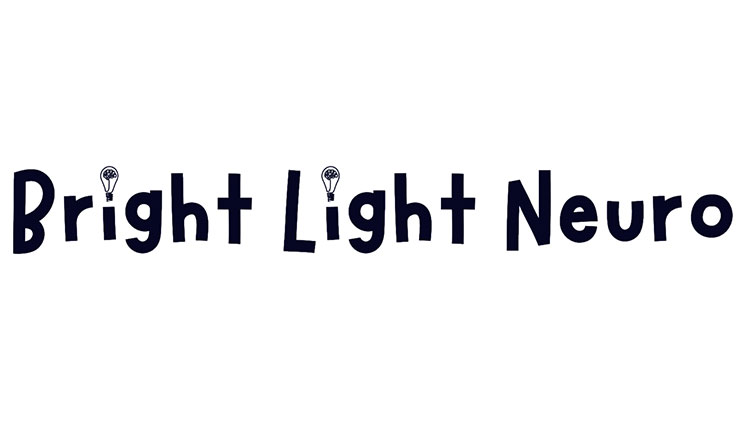Neuroscience Haikus
- Published18 Jun 2019
- Reviewed18 Jun 2019
- Author Emma Lindberg
- Source BrainFacts/SfN

Synopsis
Inspired by The Little Book of Neuroscience Haiku by Dr. Eric Chudler, this activity will help your students think creatively to describe neuroscience key concepts and vocabulary. Using the haiku style of poetry, your students will create short and fun poems about the brain. A haiku is a Japanese, three-line poem with 17 syllables. The first line of the poem must contain five syllables, the second line must have seven syllables, and the final line has five syllables.
Integration into the Curriculum
- Health
- Biology, AP Biology
- Anatomy and Physiology
Instructions
- Before you begin: determine the number of haikus you want your students to write and what topics you want the haikus to cover. In the instructions below, students will be asked to write three haikus based on the BrainFacts.org glossary. You could also have students create haikus based on a chapter in the Brain Facts Book, a Research & Discovery topic, or a part our interactive brain model.
- Review the haiku style of poetry with your students. It may be helpful to collaborate with an English or Literature teacher.
- Provide your students with some examples from the list below, from Eric Chudler’s The Little Book of Neuroscience Haiku, or create your own.
- Ask your students to pick three vocabulary words from the BrainFacts.org glossary or assign three vocabulary words to each student. Assigning words to students will help ensure there are no duplicate vocabulary terms selected. These three words will be the inspiration for the students’ poems.
- Tell your students to read the descriptions of their three words and use the haiku model to write one poem per vocabulary term. Encourage them to do some research on their vocabulary term if they are feeling stuck, this will help them find additional terms to use in their poem.
- Collect the haikus and grade them based on the syllable count and scientific accuracy. Alternately, you can have students present their haikus to the class verbally or allow them to add a drawing or illustration as well.
Examples written in the 5/7/5 syllable count:
Prefrontal cortex
Involved in brain functions
Decision-making
Neurotransmitters
Are chemical messengers
Norepinephrine
Blood-Brain Barrier
Controls molecules in out
Protective membrane
CONTENT PROVIDED BY
BrainFacts/SfN














